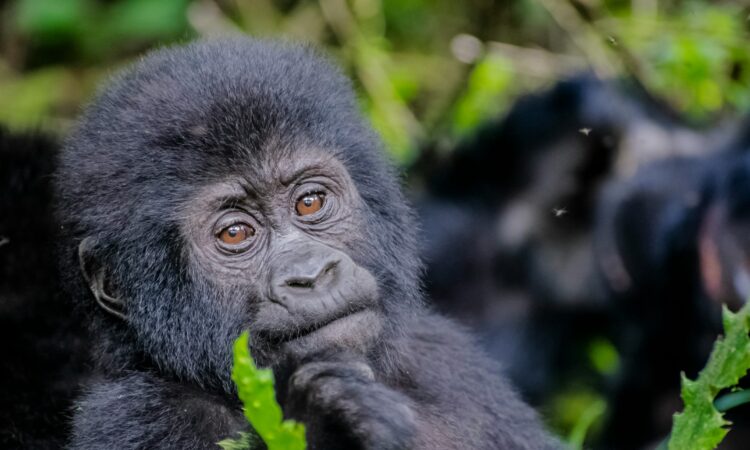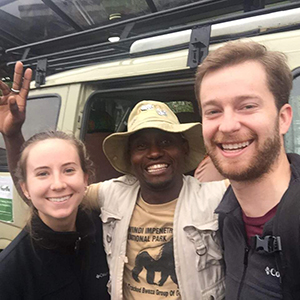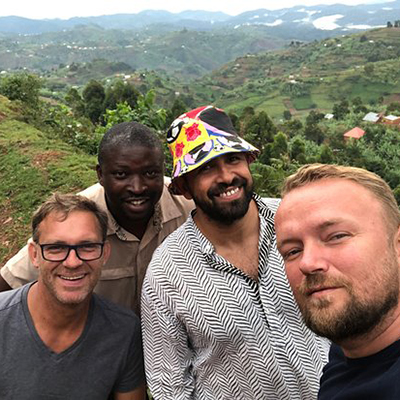Would you like to travel to both sides of the world? Then visit Uganda. The Equator, which passes through several parts of Uganda, is one of the country’s most special sights. Most visitors who go for gorilla trekking in Bwindi and Western Uganda make sure to stop at the Ugandan Equator.
On your way to or from Western Uganda’s national parks, such as Lake Mburo National Park, Queen Elizabeth National Park, Bwindi Impenetrable National Park, Mgahinga National Park, and Rwenzori Mountains National Park, you should not miss the chance to stand at this special place.

You will always remember the experience of standing in two parts of the world at the same time.
The Equator is an imaginary line that divides the Earth into the Northern and Southern Hemispheres. A magnetic needle on a compass does not tilt along the Equator; instead, it stays in a straight horizontal position.
This landmark in Uganda is located near Kayabwe in the Mpigi district, about 72 kilometers along the Kampala-Masaka road. Once you reach this place, you will see a line marking the “Uganda Equator” drawn in the middle of the road, with monuments on both sides, giving visitors the special feeling of standing on opposite sides of the world.
Many scientific demonstrations prove that this is indeed the Equator. One of the most interesting demonstrations is how water moves when placed at different points. If water is poured exactly on the Equator, it drains straight down.
However, when water is placed just north or south of the Equator, it moves in opposite directions before draining. This effect, known as the Coriolis effect, shows that objects moving on a rotating body, like the Earth, will turn slightly to the right or left.
This effect can also be seen in weather systems. Cyclones rotate counterclockwise in the Southern Hemisphere and clockwise in the Northern Hemisphere.
However, for this effect to be clearly visible, a large amount of water is needed, much more than what is used in the small demonstrations at the Equator.
When water is poured in the Northern Hemisphere, it drains in a clockwise direction, while in the Southern Hemisphere, it drains in an anticlockwise direction.
Did you know that standing on the Equator can actually make you lighter—by about 3%? If you don’t believe it, you have to experience it for yourself.
The force of gravity is slightly weaker at the Equator, making your weight 0.5% less than it would be elsewhere.
However, as you move away from the Equator, your weight returns to normal. Another interesting fact is that places on the Equator experience equal hours of day and night throughout the year.
The sun rises and sets at almost the same time every day. In other parts of the world, some places have longer days and shorter nights, or the opposite, depending on the season.
There are many restaurants and souvenir shops near the Equator, but choosing what to buy can be difficult because everything looks so nice. You might end up wanting everything or spending all your money.
Common items include handmade crafts and T-shirts with the words “I have crossed the Uganda Equator.” To keep good memories of Uganda, you may want to buy some souvenirs for your family and friends.
The Tribal Art and Crafts shop and the Aid Child Gallery have many interesting items that will catch your eye. You can also enjoy delicious coffee and meals at some of the nice restaurants in the area.











